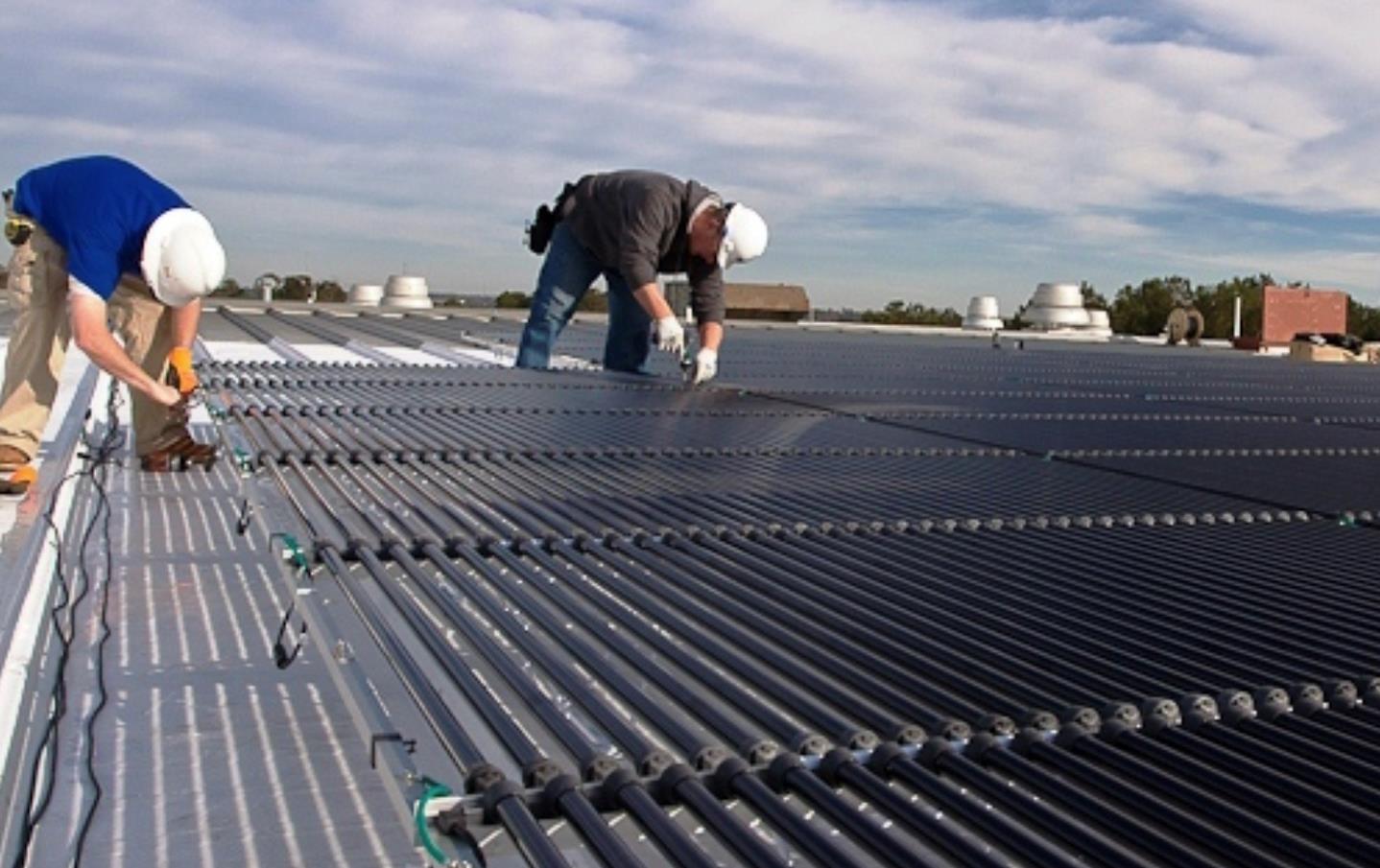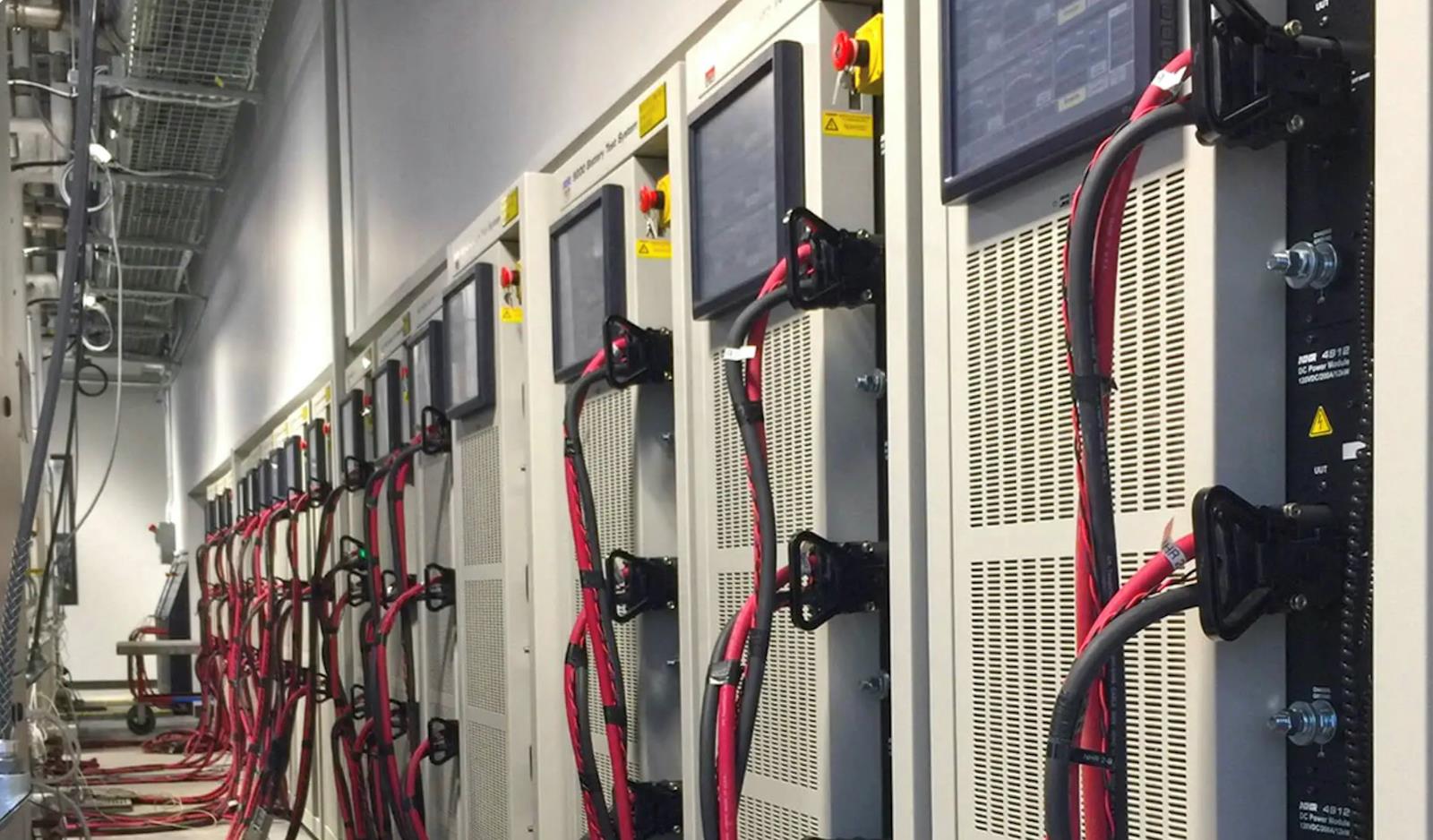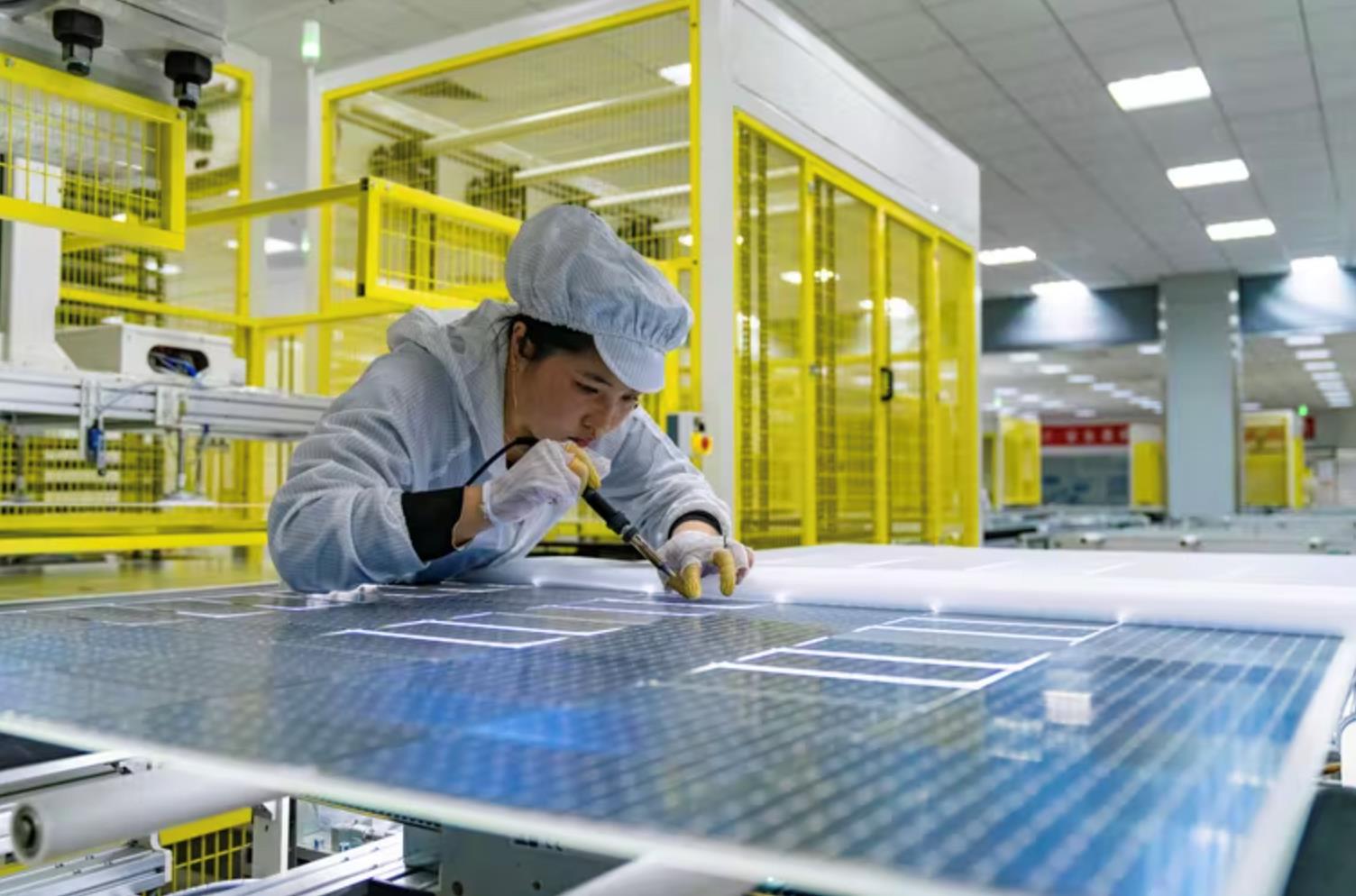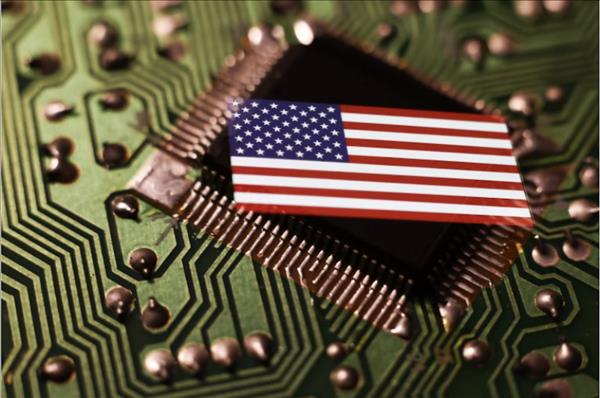(MENAFN- Asia Times) Important new technology industries that originated in the US are now overseas.
As a result of the manufacturing migration, the US trade balance for technology products shifted, after the year 2000, from a US surplus to a growing deficit. US dependence on foreign sources for strategic products has raised concerns both based on national security risk and a massive trade deficit.
In response, the US government has offered more financial support for technological industries of strategic importance, for example, the CHIPS and Science Act of 2022 with US$52.7 billion pledged to support the domestic semiconductor manufacturing industry.
It is too early to judge its effectiveness but there have been earlier programs to support strategic new industries that succeeded and failed. Their lessons should be learned.
The biggest success was the long-term support starting in the 1970s of the semiconductor and laser industries. Then, the US Defense Department's Defense Advanced Research Projects Agency (DARPA) was responsible, in partnership with industrial organizations, to set the foundation for the modern electronic world in chips, lasers and communications technologies.
But there are noteworthy failures of smaller, more recent efforts to support new industries, renewable energy among them. Invented in the US, solar panels were produced by many startups in the early 2000s.
One of these new companies, Solyndra, based its product on a new thin film technology that proved to be impractical on a commercial scale. It received a federal loan of $525 million to fund the manufacture of solar panels but failed to do so and closed in 2011.

Installation of Solyndra's cylindrical solar module design before the company's collapse. Photo: Solyndra
There is little solar panel production in the US now. China produces most of them – an industry in the $30 billion range annually, much of it exported to the US – using an effective adaptation of silicon technology completely different from Solyndra. As a result, costs have dropped sharply and no American company can compete with overseas vendors.
Another failure was an effort to build batteries for electric vehicles in the US. A123 was spun out of the Massachusetts Institute of Technology (MIT) in the early 2000s with a novel lithium-ion technology, entering a market for rechargeable consumer electronic batteries dominated by Asian manufacturers such as LG.
A123, on the other hand, focused on large systems, specifically on batteries for electric vehicles (EVs), which were anticipated eventually to become a big market, presuming the availability of practical and cost-competitive rechargeable batteries.
The company entered supply agreements with companies committed to EVs including General Motors (GM), but remained focused on the materials side of battery technology while leaving system integration technology to its partners. This was a major strategic error because it impacted the EV performance of its customers.
Notably absent from its customer list was Tesla, which worked with the battery technology of established Asian battery manufacturers. Its proprietary system technology allowed it to manufacture and successfully sell early EVs. Meanwhile, an important A123 customer, Fisker, went bankrupt and the company failed to build profitable products.
To be sure, A123 was initially a visible success. The company had an initial public offering (IPO) and raised nearly a billion dollars, including $250 million from the US government under the Federal Recovery Act of 2009.
But the company kept losing money on the product it sold despite its investment in quality manufacturing facilities. A123 was unable to raise enough money to operate in the face of continuing losses and filed for bankruptcy in 2012. It was eventually acquired by a major Chinese automotive parts manufacturer.

NHR 9200 battery test systems at A123 Systems R&D Laboratory. Image: Facebook
These all involved government funding supplementing private funds and are clear-cut examples of industrial policy aimed at fostering new industries.
The semiconductor industry's development was a huge success while the other two were failures. The semiconductor program attracted the most talented people in the world.
Its success was owed to sustaining competitive activities in industry, academia, and research laboratories with smart US federal funding, mostly managed through DARPA, to solve key problems and make the results broadly available to stimulate manufacturing.
Capital needs were met by venture capital, public markets, and corporate funds attracted by the great opportunities emerging from the technology. All the elements were there to transform great ideas into great new products.
The two failed programs were much more limited. The numerous startups were mostly developing clever new ways to build solar panels and worked with limited funds. What eventually succeeded in building China's low-cost, high-performance solar panel industry was a complete rethinking of the elements and methods to reduce costs by clever vertical integration.
This required billions of dollars of investment to design and build such factories. The funding was there to do it in China. This scale of industry building was never in the program here, hence the difference. Having decided to build the solar panel industry, China's investment program was comprehensive and ingenious.
By contrast, the investment in Solyndra was an original approach that ended up failing with limited funding.

China's solar panel industry has grown by leaps and bounds. Photo: Supplied
The same criticism applies to the battery program. A123 was practically alone in trying to build a domestic US battery supplier for EVs. What strategies or tactics it applied to succeed were open to question, but there were no effective competitors to provide alternatives. Nor was there an equivalent to DARPA to steer technology development.
My conclusion: Repeating the success of the semiconductor industry's development with government support requires two things.
First, a compelling vision supported by the highest level of government; and, second, the ability to attract and fund the highest levels of technology and business talent combining industry, academia, and government. And don't forget the role of DARPA in steering technology development.
Henry Kressel is a technologist, inventor, author and long-term private equity investor.
Like this:Like Loading...























Comments
No comment